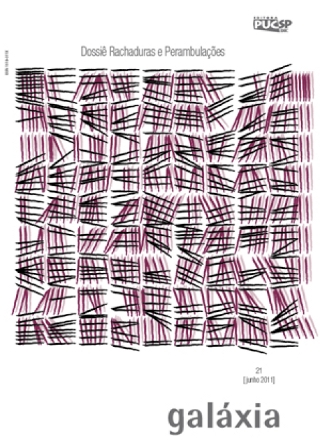Alteridade no habitáculo: uma análise do dispositivo de confinamento em Dez, de Abbas Kiarostami
Mots-clés :
Ten, Kiarostami, neo-realism, confinement deviceRésumé
Resumo: Se há uma matriz na obra de Kiarostami é, principalmente, a de acompanhar perambulações de homens e crianças. Tal constante expõe um forte aspecto de sua relação com o cinema moderno: o Neo-realismo, a Nouvelle Vague e o Cinema Novo, sempre se puseram a olhar andarilhos e andanças, nos espaços amplos e vazios, nas cidades ou em meio à aridez do sertão. Em Dez (Iran, 2002), essa matriz se condensa de forma radical. Manifesto de um olhar contemporâneo para o estar dos homens no mundo, o traço documental que caracteriza o dispositivo do filme é aquele que confina o espectador às idas e vindas do carro de Mania em seus trajetos cotidiano pelas ruas de Teerã. Mas em que medida o habitáculo do carro, ao impor um controle excessivo nos procedimentos de filmagem, permite a evidência da vida ordinária, tão cara ao cinema moderno?Téléchargements
Publié-e
2011-07-07
Comment citer
Veiga, R. O. (2011). Alteridade no habitáculo: uma análise do dispositivo de confinamento em Dez, de Abbas Kiarostami. GALÁxIA. Revista Interdisciplinar De Comunicação E Cultura, (21). Consulté à l’adresse https://revistas.pucsp.br/index.php/galaxia/article/view/5393
Numéro
Rubrique
Dossiê | Dossier
Licence
Os autores de artigos publicados mantêm os direitos autorais de seus trabalhos, licenciando-os sob a licença Creative Commons CC-BY, que permite que os artigos sejam reutilizados e distribuídos sem restrição, desde que o trabalho original seja corretamente citado. Os autores concedem para GALÁxIA. Revista Interdisciplinar de Comunicação e Cultura o direito de primeira publicação.



 Este obra está licenciada com uma Licença
Este obra está licenciada com uma Licença 